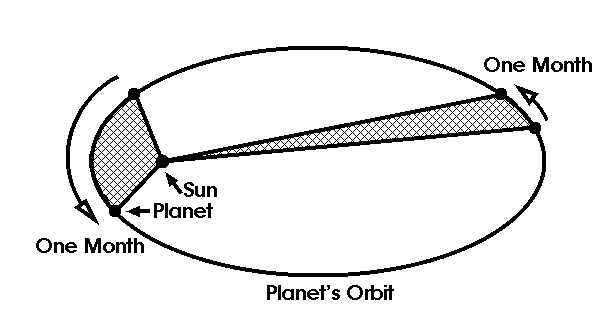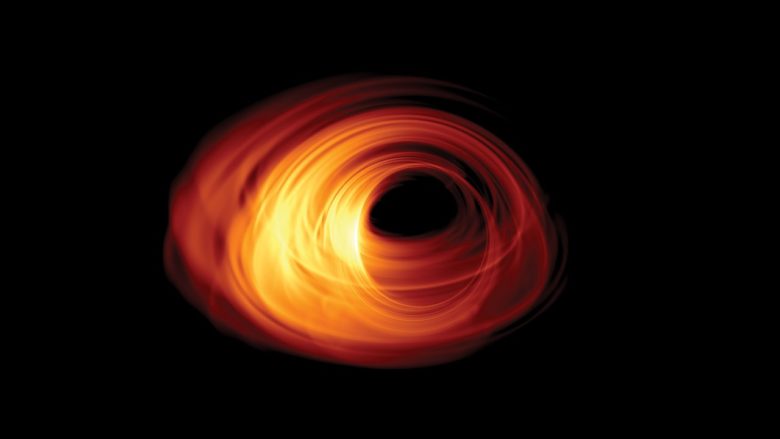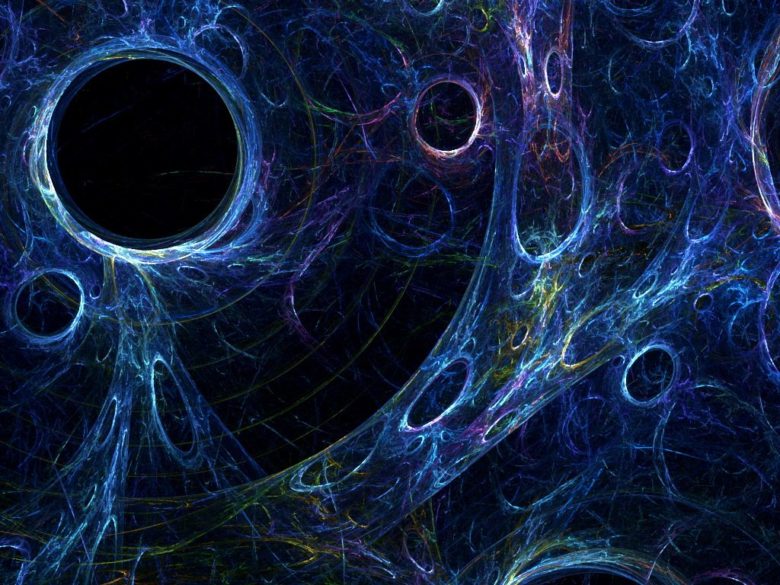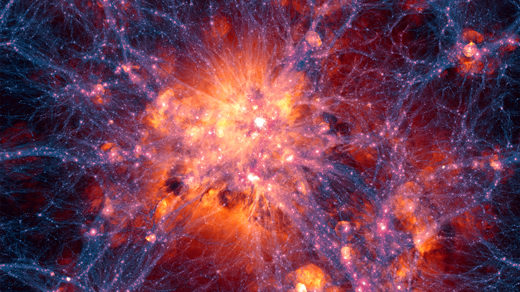Johannes Kepler published three laws of planetary motion, the first two in 1609 and the third in 1619. The laws were made possible by planetary data of unprecedented accuracy collected by Tycho Brahe. The laws were both a radical departure from the astronomical prejudices of the time and profound tools for predicting planetary motion with …
The Event Horizon Telescope (EHT) comprises an array of nine radio telescopes around the world: in Chile, the United States, Mexico, France, Spain and Antarctica. By triangulating the data from each, the EHT works like one humongous radio dish, thousands of kilometres across. The signal will not be perfect, but should be enough to capture …
Dark Energy is a hypothetical form of energy that exerts a negative, repulsive pressure, behaving like the opposite of gravity. It has been hypothesised to account for the observational properties of distant type Ia supernovae, which show the universe going through an accelerated period of expansion. Like Dark Matter, Dark Energy is not directly observed, …
The Universe is defined as everything that physically exists: the entirety of space and time, all forms of matter, energy and momentum, and the physical laws and constants that govern them. However, the term Universe may be used in slightly different contextual senses, denoting such concepts as the cosmos, the world or Nature. Current interpretations of astronomical observations indicate that the age of …
Before long, though, it wouldn’t be so fun. You’d soon need to keep a fire going around the clock, because Earth would become a much colder place without the Sun’s heat. In addition, food would become scarce over time, since plants wouldn’t grow without the sunlight they need for photosynthesis. The Sun’s energy also powers …




